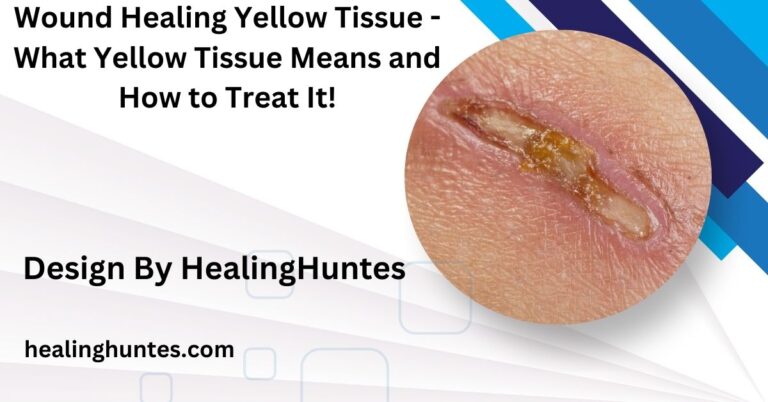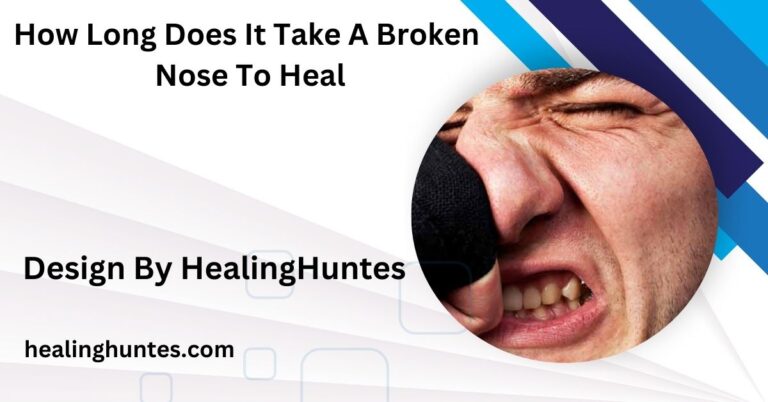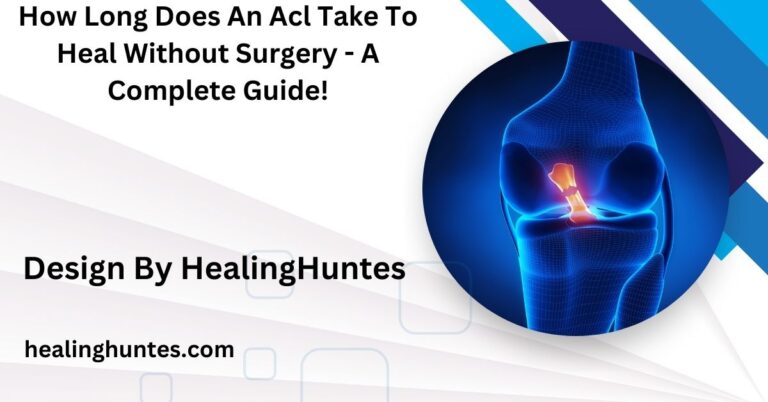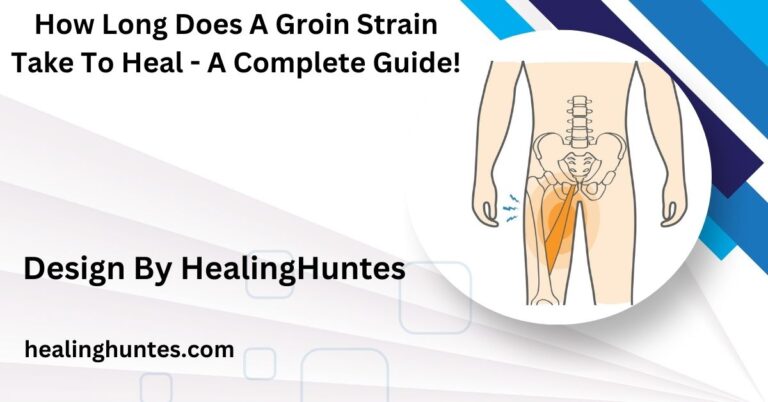Toenail Removal Healing Stages Pictures – Toenail Removal Recovery!
Toenail removal healing involves several stages, from initial pain and swelling to nail regrowth, which can take several months. Proper care during each stage ensures a smoother recovery.
In this article, we will walk you through the healing stages of toenail removal, accompanied by pictures to give you a visual understanding of what to expect.
Toenail Removal Healing Stages: What to Expect with Pictures?
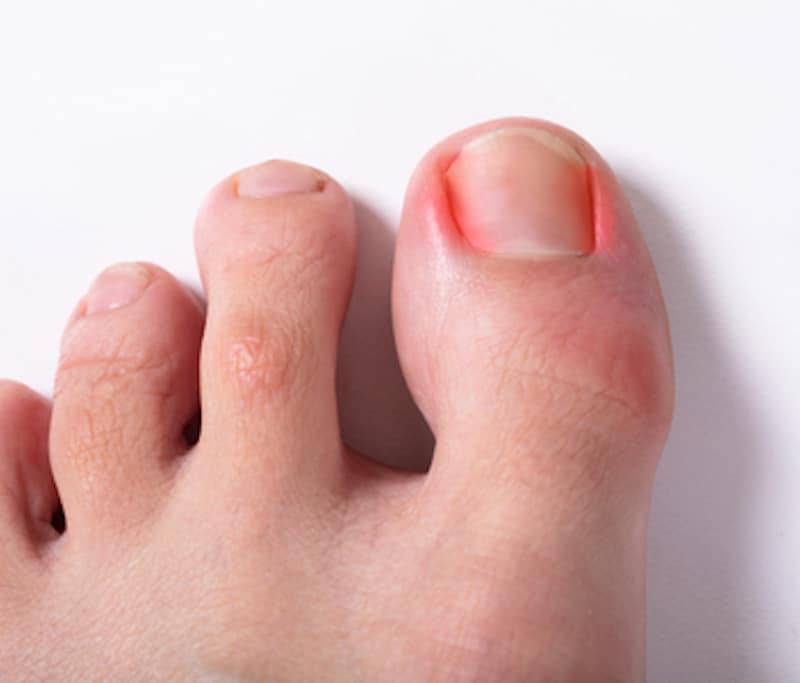
Toenail removal is a common procedure, often performed when a toenail is severely damaged, infected, or has become ingrown. Whether due to trauma, infection, or a medical condition, the healing process following toenail removal involves several stages. Understanding these stages can help you manage your recovery and ensure proper care.
Why Is Toenail Removal Needed?
Toenail removal may be recommended in cases of:
- Severe fungal or bacterial infections that don’t respond to other treatments
- Ingrown toenails causing pain and recurrent infections
- Trauma or injury resulting in a nail that cannot heal
- Chronic conditions like diabetes, which may affect nail health
If you’re about to undergo toenail removal or are recovering from the procedure, it’s essential to understand the healing process to avoid complications and ensure proper care.
Stages of Toenail Removal Healing:
Immediate Post-Procedure: (Days 1-3)
What to Expect:
- Pain & Swelling: After toenail removal, you may experience pain, swelling, and bruising around the toe.
- Dressing & Bandaging: Your healthcare provider will apply a sterile bandage to the area to prevent infection.
- Bleeding: A small amount of bleeding is normal, but it should subside within a few hours.
Care Tips:
- Keep the toe elevated to reduce swelling.
- Avoid putting weight on the affected foot to prevent further irritation.
- Change the bandage as directed by your doctor and keep the area clean.
Immediate post-procedure appearance: swelling and bandaged toe.
Also Read: Signs A Broken Bone Is Not Healing – Key Indicators!
Early Healing: (Days 4-7)
What to Expect:
- Increased Pain Relief: Pain and swelling should start to decrease, although some tenderness might remain.
- Signs of Healing: You may notice redness around the edges of the wound. This is normal, but watch for signs of infection, such as increased redness, warmth, or pus.
Care Tips:
- Continue following your healthcare provider’s instructions for cleaning the wound and changing the bandage.
- Avoid getting the wound wet, especially during the first few days. You can cover the toe with a plastic bag while showering.
Healing signs: reduced swelling and minor redness.
Mid-Healing Stage: (Week 2-4)
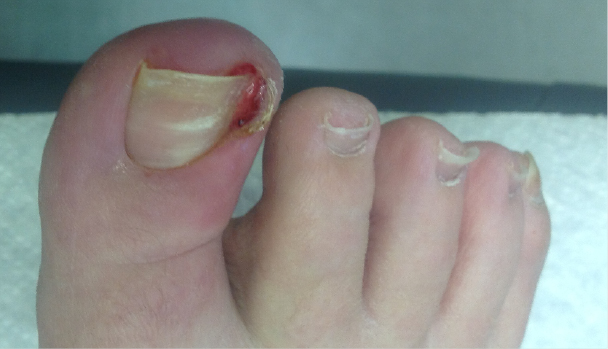
What to Expect:
- Skin Regeneration: New skin begins to form over the exposed nail bed. The area may still appear pinkish, and the toe may be sensitive to touch.
- Dryness & Itching: As the skin heals, you may experience dryness and mild itching. This is a sign of new skin forming.
Care Tips:
- Apply antibiotic ointment or a prescribed topical treatment to promote healing and prevent infection.
- If your doctor recommends it, you can start lightly massaging the toe to improve blood circulation and healing.
Skin regeneration: New tissue forming over the nail bed.
Late Healing: (Week 5-8)
What to Expect:
- Nail Bed Healing: By now, the nail bed should be nearly healed, although it may still be a bit sensitive.
- Nail Growth: If a new toenail is going to grow back, you may see the beginnings of nail growth at the base. It could take several months before the new nail grows completely.
Care Tips:
- Continue to keep the toe clean and dry.
- Wear comfortable shoes to avoid putting pressure on the toe.
Late healing: skin and nail bed are almost fully healed.
Also Read: Should I Let Them Heal Doing Exercise – Recovery Exercise Tips!
Full Recovery: (3-6 Months)
What to Expect:
- Complete Healing: By this stage, the area should be fully healed with no pain or discomfort. Any visible scarring will gradually fade.
- Nail Regrowth: If the toenail is regrowing, it may take several months to a year to fully replace the removed nail. The new nail will likely be thinner or misshapen at first but will thicken and become more regular over time.
Care Tips:
- If a new toenail is growing, keep it moisturized and protected as it may still be soft and vulnerable to injury.
- Regularly check the area for signs of infection or abnormal nail growth.
Full recovery: healed toe with potential nail regrowth.
Important Tips for Toenail Removal Recovery?
- Follow Medical Instructions: Always follow the post-care instructions given by your doctor to prevent infection and promote proper healing.
- Avoid Tight Shoes: Wearing tight shoes can irritate the healing toe, so opt for soft, open-toed footwear until fully recovered.
- Monitor for Infection: Keep an eye out for signs of infection such as increased redness, swelling, pus, or a fever. If any of these occur, contact your healthcare provider immediately.
- Patience is Key: Toenail regrowth can take several months, so be patient as the toe heals and the new nail grows back.
FAQ’s
1. How long does it take for a toenail to heal after removal?
Full recovery can take 3 to 6 months, with the new toenail taking several months to a year to regrow.
2. What should I expect immediately after toenail removal?
Expect pain, swelling, and bruising around the toe, along with a bandage to prevent infection.
3. When will the pain and swelling reduce after toenail removal?
Pain and swelling typically start to decrease within the first 3 to 7 days of recovery.
4. How do I care for the area during healing?
Keep the area clean and dry, follow medical instructions for dressing changes, and wear comfortable shoes.
5. Can I expect nail regrowth after toenail removal?
Yes, if a new toenail is going to grow, it will start to appear within 5-8 weeks, though it may take months to fully regrow.
Conclusion
Toenail removal is a straightforward procedure that generally leads to a full recovery with proper care. The healing stages vary from initial swelling and pain to complete recovery and possible nail regrowth, which can take months. By understanding these stages and following your healthcare provider’s instructions, you can help ensure a smooth recovery. Keep an eye on your toe during the healing process and reach out to your doctor if you have any concerns.

